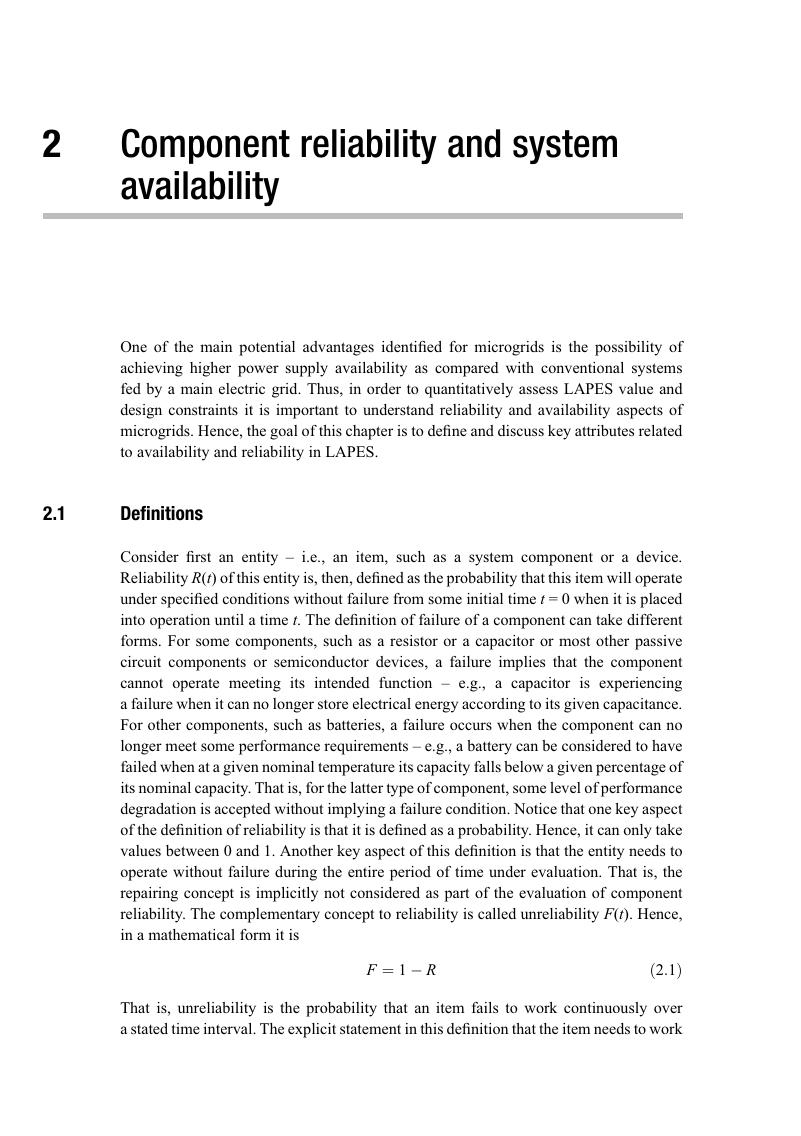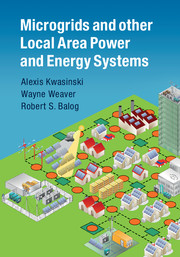2 - Component reliability and system availability
from Part I - Motivation
Published online by Cambridge University Press: 05 July 2016
Summary

- Type
- Chapter
- Information
- Microgrids and other Local Area Power and Energy Systems , pp. 23 - 78Publisher: Cambridge University PressPrint publication year: 2016



